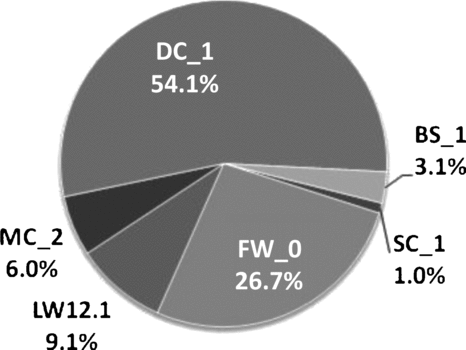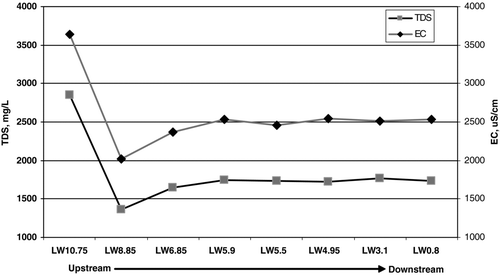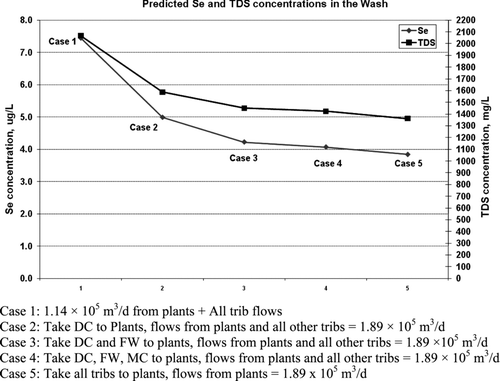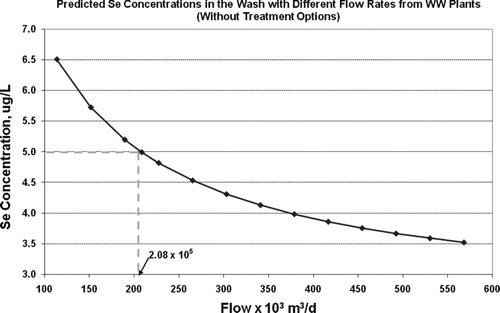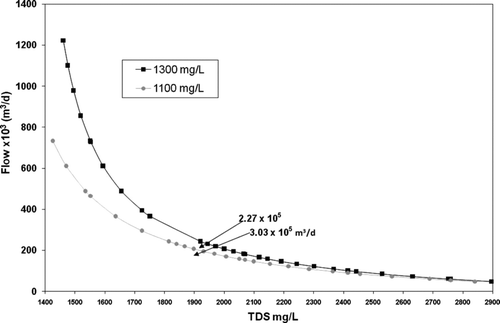Figures & data
Figure 1 Aerial view of the Las Vegas Wash upstream of Lake Las Vegas, including locations of the 6 major tributaries and the 3 wastewater treatment plants.
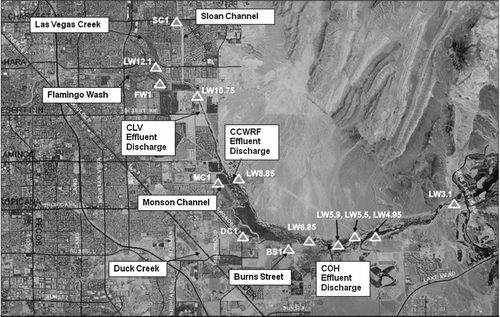
Figure 2 Aerial view of the Las Vegas Wash downstream of Lake Las Vegas as it flows into the Las Vegas Bay of Lake Mead.


